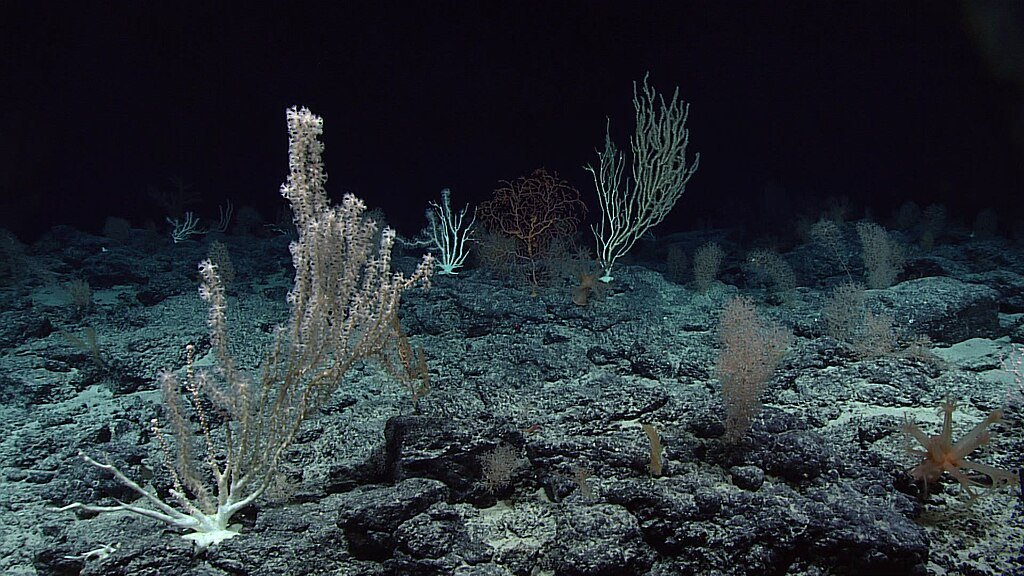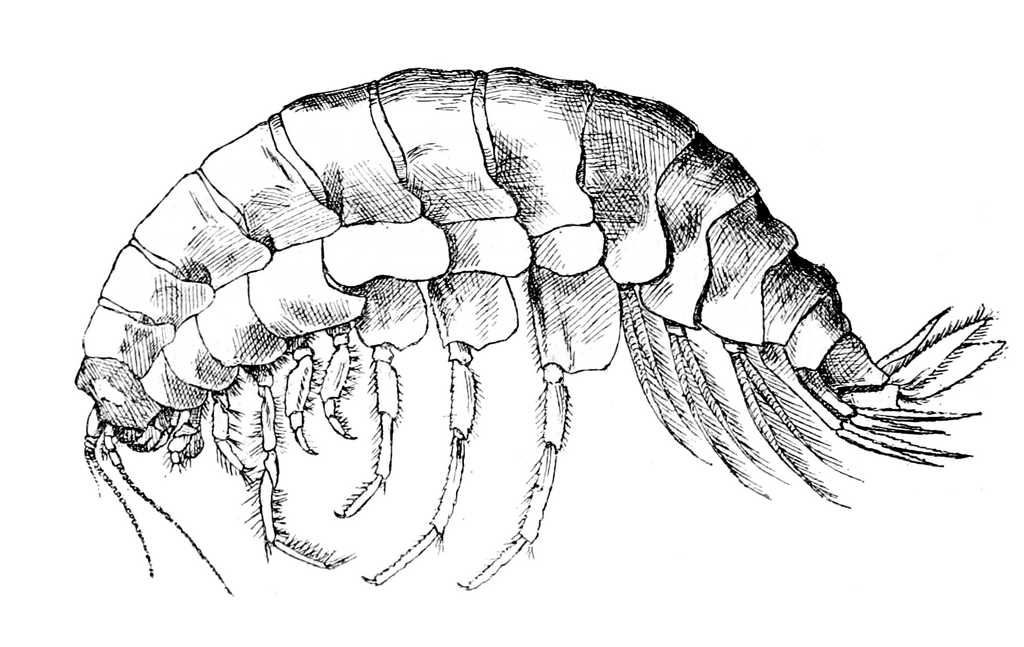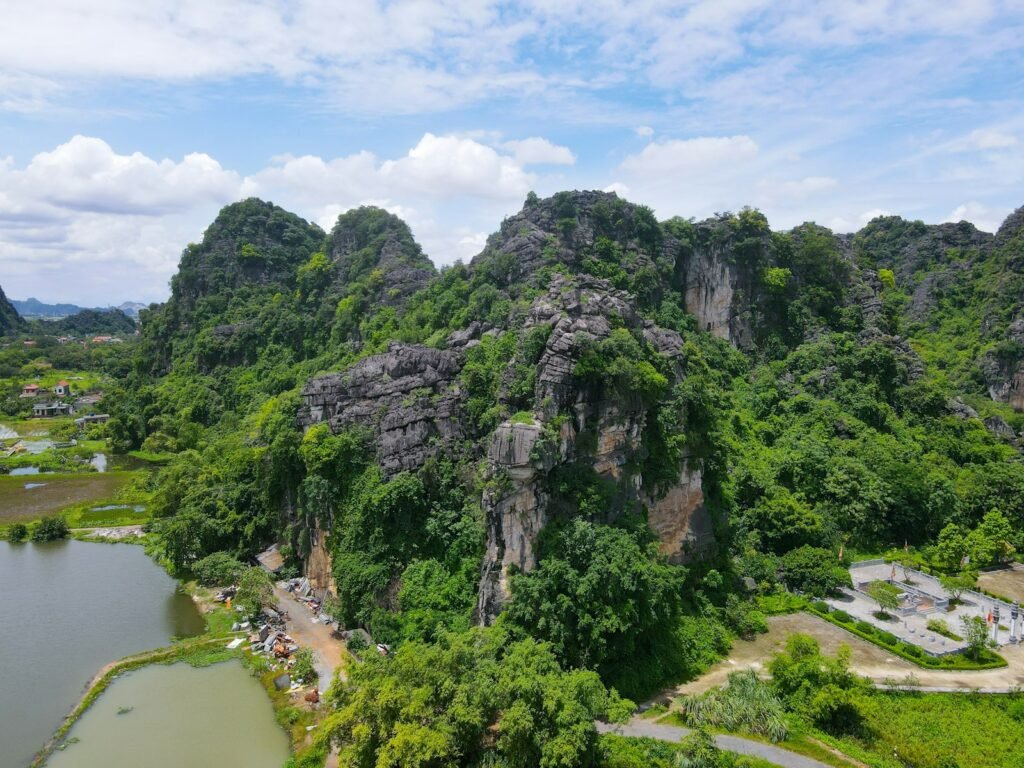A recent study has revealed that Alicella gigantea, a rarely sighted giant amphipod, is far more widespread than previously believed. Researchers from the University of Western Australia compiled data from multiple expeditions and genetic analyses, demonstrating that this deep-sea crustacean inhabits more than half of the world’s oceans. These findings challenge prior assumptions about the rarity of deep-sea species and highlight the need for continued exploration into oceanic biodiversity.
Expanding the Known Range

Alicella gigantea, which can grow up to thirty-four centimeters in length, was originally believed to have a very limited distribution due to the scarcity of recorded sightings. Historically, the species has been documented in the depths of the Pacific Ocean, primarily in hadal trenches exceeding six thousand meters. However, newer observations and genetic studies indicate that the species is present across seventy-five locations spanning the Pacific, Atlantic, and Indian Oceans. Researchers found that genetic divergence between populations was surprisingly low, suggesting that these amphipods are part of a single, globally distributed species rather than isolated regional variants.
Deep-Sea Adaptations and Ecology
Alicella gigantea has evolved remarkable adaptations that allow it to thrive in extreme environments. The deep-sea habitats where these amphipods are found range from abyssal depths of three thousand meters to hadal zones beyond six thousand meters, where pressures can exceed one thousand atmospheres. Unlike shallow-water crustaceans, Alicella gigantea has a highly flexible exoskeleton and an efficient scavenging strategy that enables it to consume organic debris that sinks from upper ocean layers. Researchers are eager to further investigate its feeding habits, potential interactions within deep-sea food webs, and population density in different oceanic trenches.
Implications for Deep-Sea Research

The findings suggest that deep-sea biodiversity may be more extensive than previously assumed. The discovery that Alicella gigantea exists across multiple ocean basins raises questions about how such species disperse across vast distances despite extreme environmental pressures. Understanding the amphipod’s wide distribution and genetic makeup may provide insights into deep-sea adaptation, biogeographical patterns, and conservation strategies for fragile marine ecosystems. These results also highlight the importance of funding continued deep-sea exploration, as new species and range expansions are still being uncovered with modern technology.
Conclusion

The discovery that Alicella gigantea is more widespread than previously thought underscores the importance of deep-sea research. By compiling genetic and observational data, scientists are reshaping our understanding of marine biodiversity in the ocean’s depths. Future investigations will focus on how the species adapts to different deep-sea regions and what its widespread presence means for marine ecosystems.
Source:





